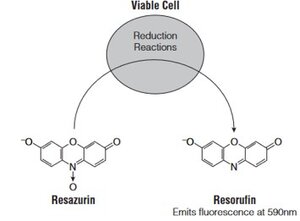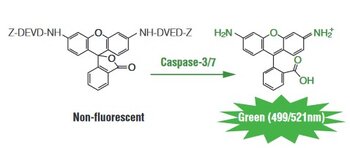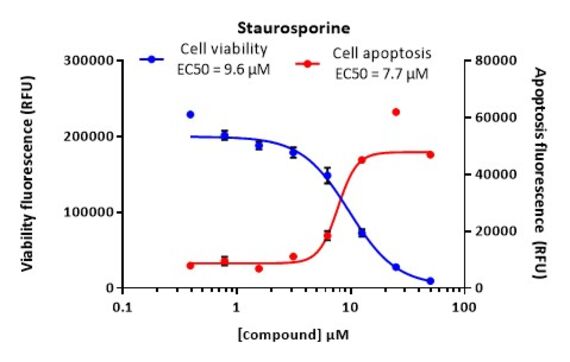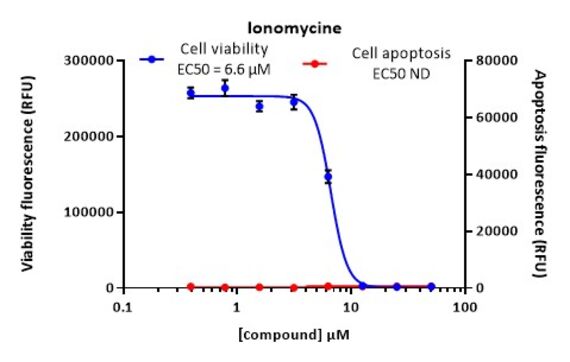Introduction
PCBIS proposes a miniaturized microplate assay to combine the detection of cytotoxic and apoptotic effects of molecules of interest using a single sample.
This assay is relevant for the characterization of cytotoxicity of molecules or plant extracts.



